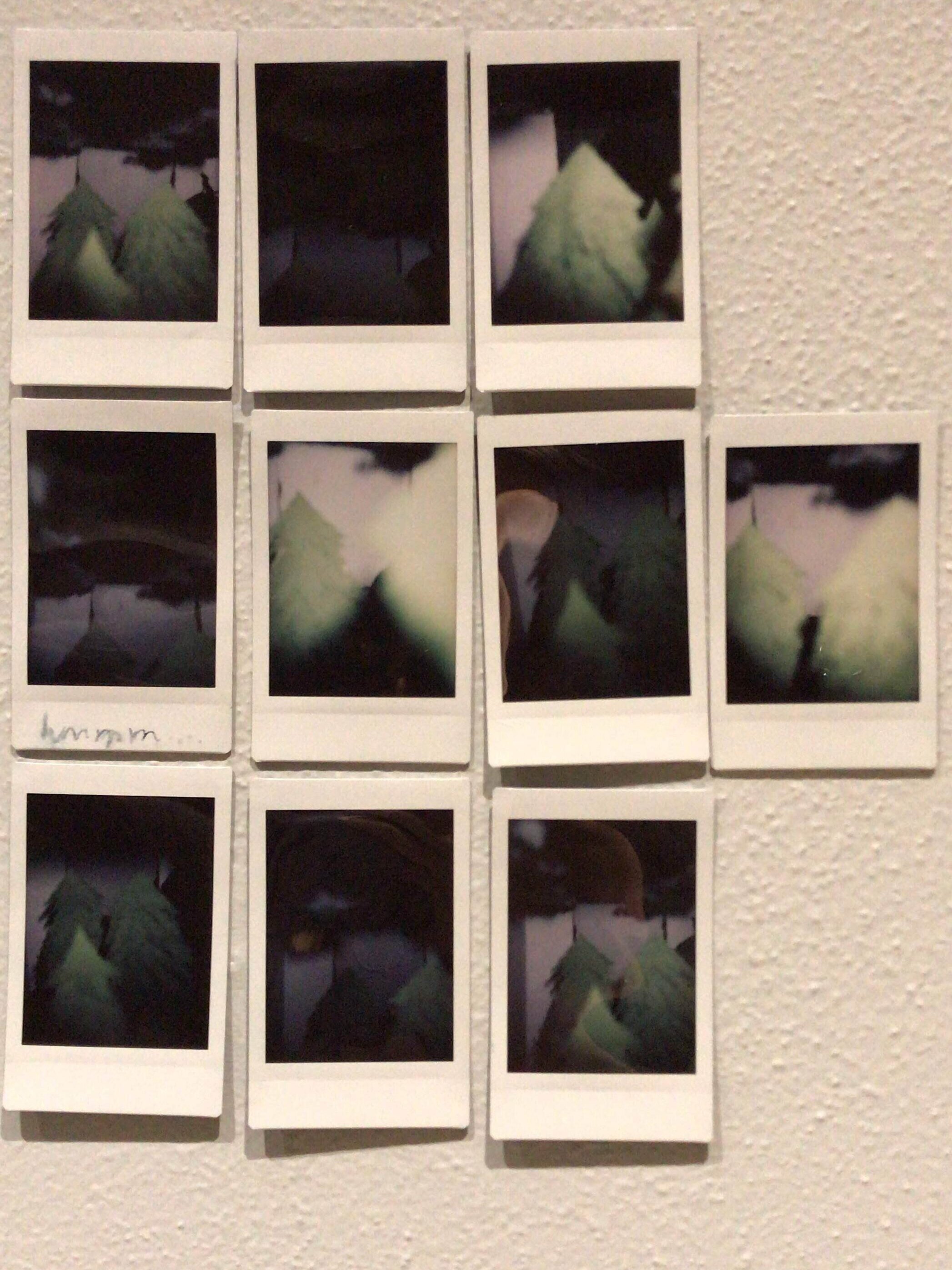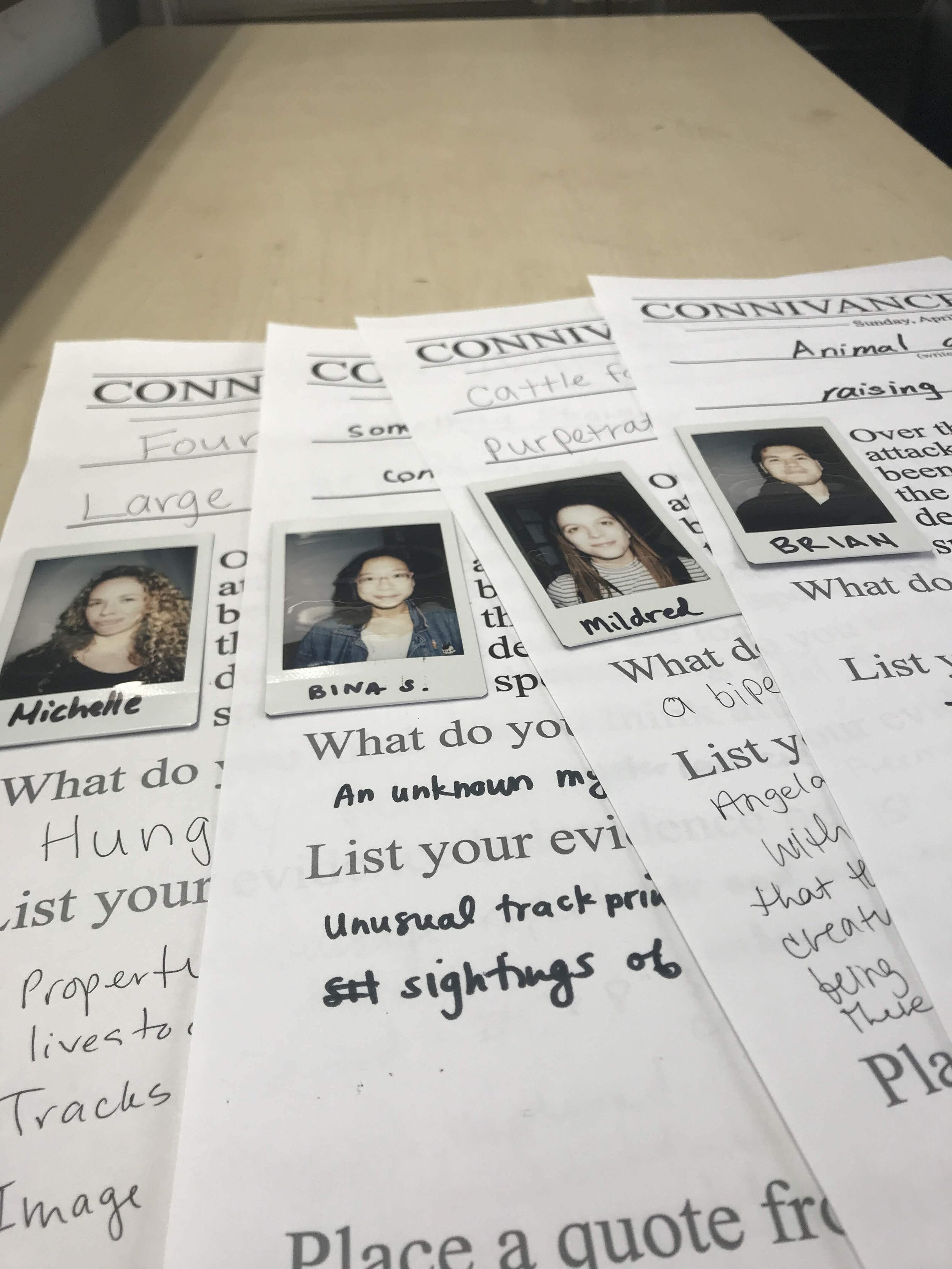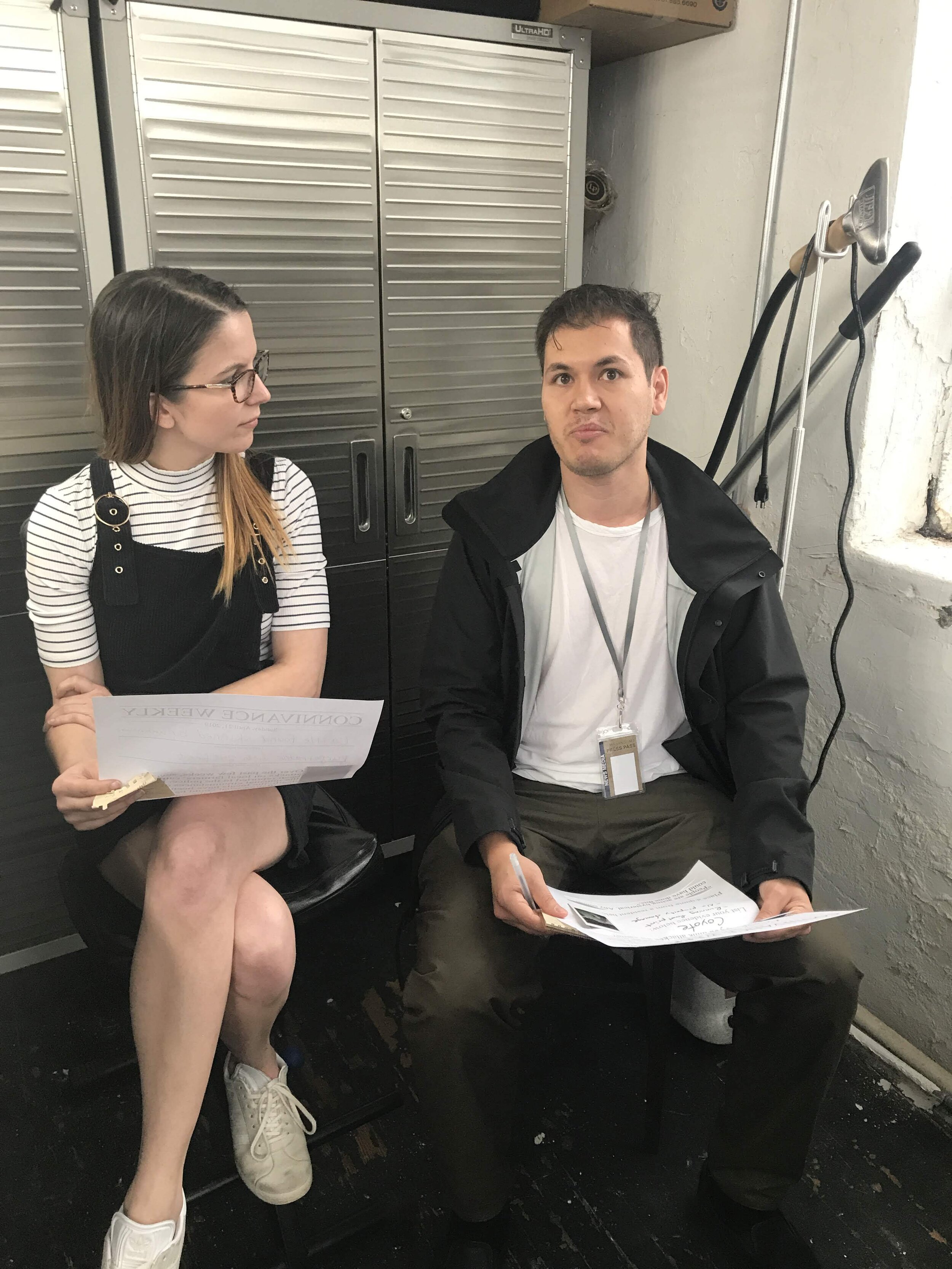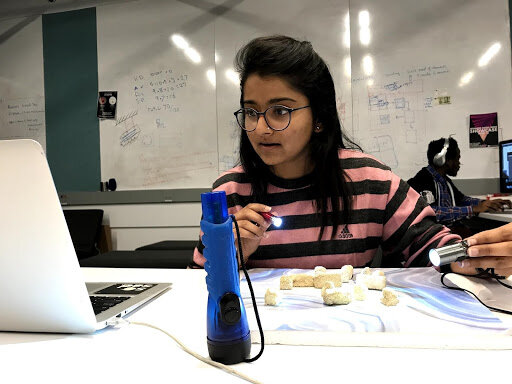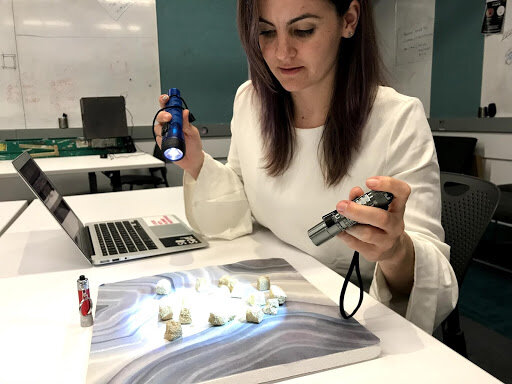Graduate Thesis: Increasing Understanding, Empathy, and Curiosity Through Tactile Ideation of Conspiracy Theories
Overview
Conspiracy theorists and mainstream thinkers have a toxic inability to discuss their beliefs productively, particularly online. My thesis explored common traits and structures of knowledge-sharing communities, conspiracy theorists, and conspiracy theories. I identified four common archetypes of communicating conspiracy theories. During an interactive experience, visitors collected evidence and worked together to reach a shared understanding of what is happening in the small, fictional town of Connivance. My project primarily focused on participant understanding, empathy, and curiosity.
The Guidance Committee approved the defense of my thesis, Integrated Digital Media in May 2019.
Interactive Experience
Video teaser of Welcome to Connivance. Auto-generated captions are available in English.
After months of research, ideation, and prototyping, I opened my interactive experience Welcome to Connivance to the public.
Visitors must uncover the cause of the mysterious happenings in the small town of Connivance, Missouri. The fictional Connivance is plagued by a series of unusual events, including bizarre cattle massacres where the animal’s blood is drained, reported sightings of a large figure lurking in the woods, and unidentified footprints left at the scene.
The Park Ranger sends visitors down one of two paths where they collect evidence from four stations. Unbeknownst to the visitors, they are being shown the same evidence from two different perspectives. Side A experiences framing consistent with the four conspiracy archetypes I identified through my research. Side B experiences a more traditional, science-based analysis of the evidence. In the end, they must share and discuss their findings to see if they can come to a shared conclusion.
Map of the Welcome to Connivance experience described above.
Introduction
I promoted the event on my personal social media profile, primarily over Instagram. My stories created a sense of mystery, intrigue, and suspense.
Visitors are immediately greeted by Park Ranger Becky and identified as reporters from the big city, here to help solve the mystery.
Visitors have their photograph taken and are given a press pass, a notebook, and a pen. While the press photo is used during the fourth station, this initial activity also serves as misdirection, so visitors don’t question the differences between the two paths.
Station 1: Gaps in Evidence
The first station explores the conspiracy archetype that views gaps in evidence as beneficial or even as proof. These gaps support leaps in logic from truth to the unknown.
This station was inspired by magnetic poetry and redacted government reports.
At the station, visitors read a redacted police report and magnetized words and phrases they can use to complete the information.
The side exploring conspiracy archetypes has a collection of leading language and words that affirm trust in the witness.
The side exploring mainstream thinking has a collection of objective language and words that are skeptical of the witness.
Station 2: Expert Opinion
The second station explores the conspiracy archetype around expert opinions. Conspiracy communities elect their own experts, and often their claims lack a direct source.
At the station, visitors examine the cast of a large footprint and listen to testimony provided by an expert.
The side exploring conspiracy archetypes hears testimony from a cryptozoologist who feels the impression matches a sasquatch.
The side exploring mainstream thinking hears testimony from a wildlife biologist who feels the impression could belong to a number of animals in the area.
Station 3: Affirmation of Identity & Association
The third station explores the conspiracy archetype that theorists feel strongly associated with the conspiracies they believe and often feel a strong affirmation of their identity when claims reassert their existing knowledge and use language that is well-known to them.
At the station, visitors look into opposite sides of the same diorama and take a photo of what they observe.
The side exploring conspiracy archetypes can see a sasquatch-like creature between the trees.
The side exploring mainstream thinking sees an empty forest and a silhouetted wolf off in the distance.
Station 4: Rhetoric
The fourth station explores the conspiracy archetype that their claims often use confusing and overly-confident language.
This station was inspired by MadLibs.
Visitors use rhetoric to frame their argument: answering prompts, selecting a supporting quote, and including their photos in a news article.
Both sides have the same prompts and quotes.
Discussion
Articles shared during the graduate showcase.
In total, 24 people attended the event, and 13 discussions took place. I engaged in conversations with users who didn’t have a partner available when they completed. Most conversations took place between strangers.
There were three types of reactions people had in their conversation:
40% defaulted to deference or agreeing that the other person likely had the correct information that they had not found.
32% fiercely defended their case, even in the face of contradicting evidence.
28% approached the conversation with the goal of compromising.
Only three pairs were able to reach a compromise and agree on what happened. Of these pairs, both parties entered the conversation ready to compromise, and neither team member was defensive or deferential.
Nearly everyone left the experience wanting to know what happened in Connivance, who was correct, and what evidence they could uncover that would help find the truth.
I presented the experience again at a graduate showcase, but I did not record conversations, and I did not collect additional data due to staffing limitations.
Previous Iterations
We don’t often start with the perfect idea. I iterated early and often to find the ideal way to explore the communication of conspiracy theories.
I was inspired by those who consider conspiracy theory a form of entertainment and children’s, science, and interactive museums that encourage curiosity and ownership when learning new concepts.
Production Value
I tested the impact of production value on conspiracy theories by conveying four claims that the lunar landing was a hoax in three different formations.
Low production-quality, web 1.0-style website.
High production-quality website.
Text video (link opens in a new window), inspired by Buzzfeed.
The pre- and post-surveys asked questions about the reader’s interest in conspiracy and the perceived trustworthiness of the source. More than 1,000 people responded. Results showed higher production quality increases trust but has no impact on curiosity.
Museum Design
Inspired by the interactive science museum where I worked (The Franklin Institute), I explored how different in-person displays would impact curiosity. I created two exhibit mock-ups conveying a single claim of the lunar landing hoax.
The traditional exhibit shared the claim from a place of authority.
The playful exhibit encouraged the audience to engage with the materials.
During user testing, the audience wanted to learn more after viewing the playful exhibit.
Interaction
Finally, I built an interaction that encouraged users to prove or break a claim of the lunar landing hoax. The interaction did not tell users what was correct.
Users began the interaction feeling very positive in their stance on the lunar landing but left the exchange feeling less confident and curious to learn more.

















